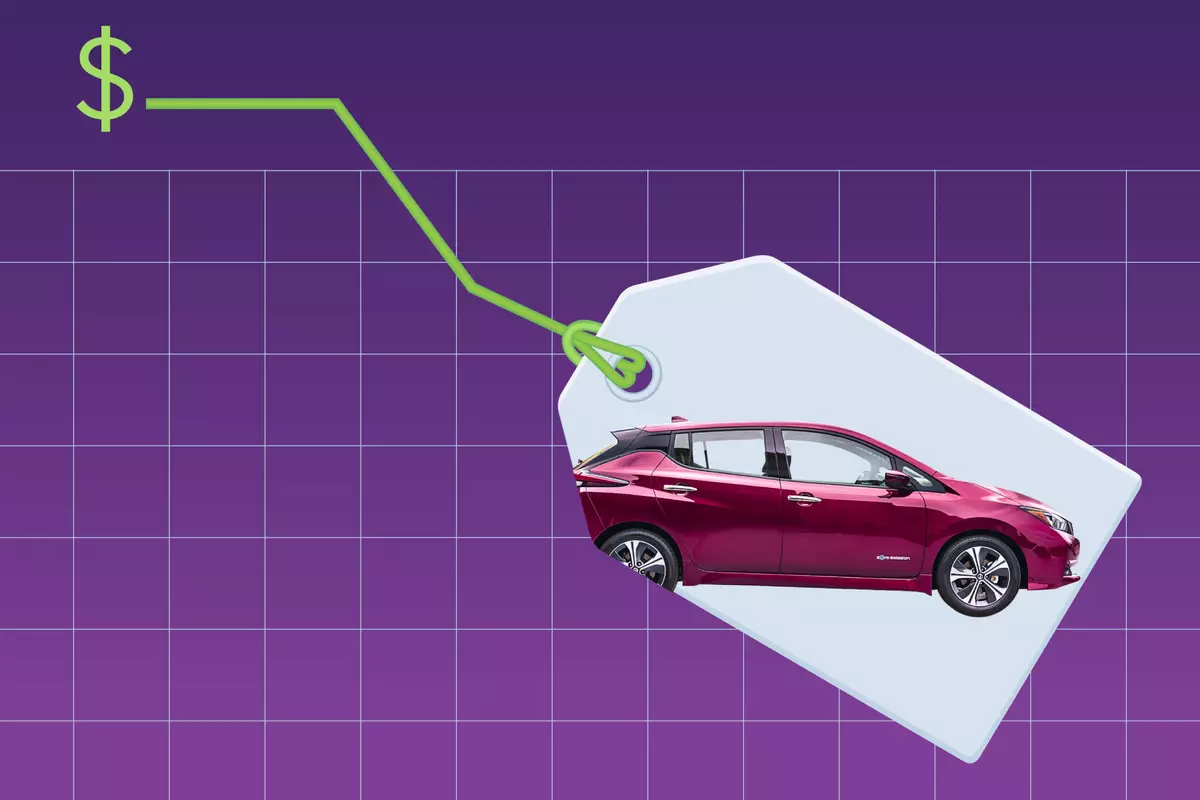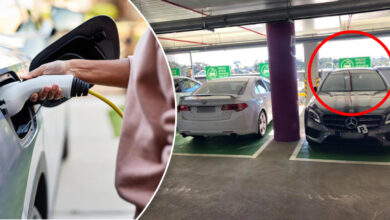Investment in the Electric Vehicle Sector is Booming but Adoption is Still Lagging Behind

The electric vehicle (EV) sector is experiencing unprecedented growth, driven by global efforts to reduce carbon emissions and transition to sustainable transportation. With governments worldwide implementing policies to support EV adoption and technological advancements making EVs more accessible, the investment landscape is becoming increasingly attractive. However, the journey towards widespread EV adoption is still challenging. Addressing issues such as infrastructure development, battery technology, and public perception is essential for investors looking to capitalize on the burgeoning EV market.
Challenges Hindering EV Adoption
One of the primary concerns impeding their widespread adoption of EVs is range anxiety, with potential buyers worried about the limited driving distance of EVs compared to traditional gasoline vehicles. This anxiety is compounded by the current inadequacy of charging infrastructure, particularly in terms of the number of charging stations and their distribution. Furthermore, the initial cost of EVs remains a barrier for many consumers, despite the long-term savings on fuel and maintenance. The limited selection of models available also restricts consumer choice, affecting adoption rates. Additionally, the speed of charging presents a challenge, as even with advancements, charging an EV can take a significant amount of time, making a refueling gasoline vehicle a more attractive option. Accelerating transition to electric transportation to realize EV’s environmental benefits depends hugely on addressing these obstacles.
Global EV Adoption Trends and Success Stories
The EV sector is witnessing a remarkable global surge, with adoption rates climbing steadily. In 2022, EVs accounted for 10% of passenger vehicle sales worldwide, a significant increase from just five years prior. Leading this charge is Norway, where EVs made up an astonishing 80% of new car sales, followed closely by Iceland, Sweden, the Netherlands, and China. These countries have achieved high adoption rates through a combination of supportive government policies, substantial investment in charging infrastructure, and incentives that make EVs more attractive to consumers. For instance, Norway has been a pioneer in promoting EVs since 1990, offering reduced taxes and financial benefits. Similarly, China’s commitment to EVs is evident in its extensive public charging network, making it a key player in the global shift towards sustainable transportation. These success stories provide valuable lessons for other countries aiming to increase EV adoption.
Strategies for Overcoming EV Market Barriers
To accelerate EV adoption, a multifaceted approach is essential. Governments play a pivotal role by enacting policies that encourage EV use, such as offering tax credits, rebates, and subsidies to lower the initial cost barrier. Investing in charging infrastructure is crucial; expanding the network of public chargers, especially fast chargers, will alleviate range anxiety and make EVs more practical for daily use. Additionally, standardizing charging ports and protocols can simplify the charging process, enhancing user experience. Diversifying the EV market by increasing the variety of models available can cater to a broader audience, addressing the current limitation in consumer choice. Education and awareness campaigns are vital to dispel myths about EV performance and capabilities, thereby increasing public acceptance. Collaboration between governments, automakers, and technology companies is key to overcoming these barriers, ensuring a smooth transition to electric transportation for a sustainable future.
The Future of EVs: Predictions and Investments
The EV industry stands on the brink of a transformative era, with predictions pointing towards exponential growth and innovation. The global push for sustainability and advancements in technology are expected to drive EV adoption rates higher, making electric cars a common sight on roads worldwide. Investments are pouring into every aspect of the EV ecosystem, from battery technology and charging infrastructure to new electric models and manufacturing capabilities.
Governments are setting ambitious targets for EV sales, with policies designed to phase out internal combustion engines, further fuelling the momentum. The development of ultra-fast charging stations and improvements in battery life and performance are anticipated to address current limitations, making EVs more appealing than ever. Additionally, the focus on reducing the environmental impact of battery production and recycling will enhance the sustainability credentials of EVs. As the sector evolves, EVs are positioning themselves to play a central role in the future of transportation.
The Road Ahead for EVs
Innovation, investment, and supportive policies are driving significant growth in the electric vehicle sector. Overcoming current challenges will catalyze this shift, making EVs integral to achieving a sustainable future. The journey ahead is promising, with collaboration and commitment key to unlocking the full potential of electric transportation.



